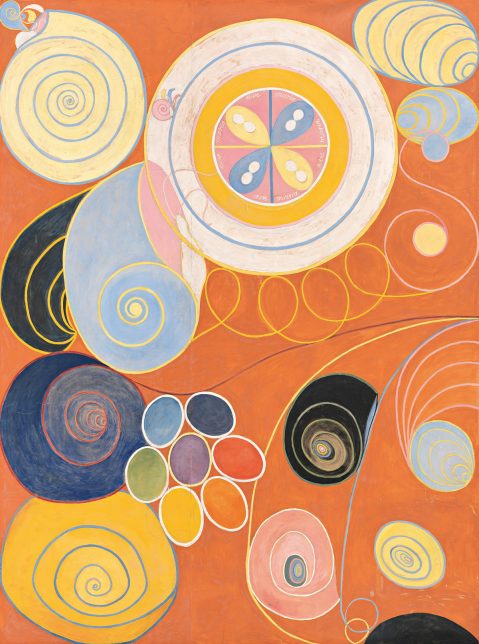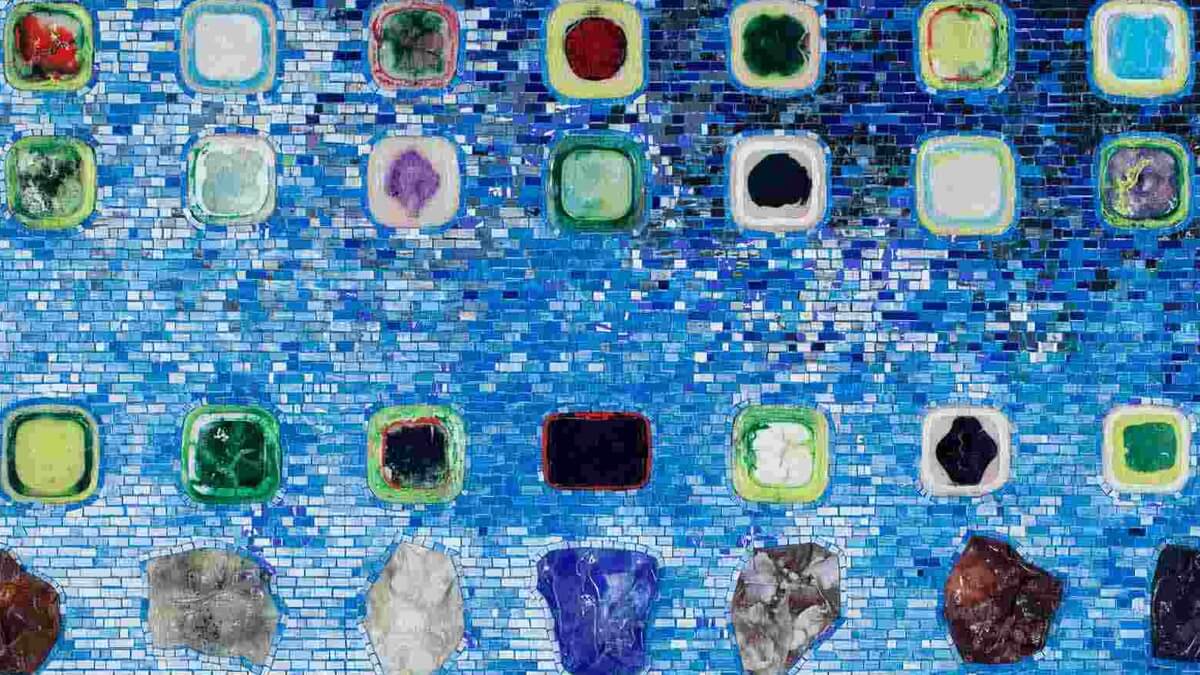
A Short History of Abstract Art

To understand the evolution of an artistic movement, the diversity of artists’ styles and their influences, you need to take a look backwards. Here, the focus is on abstract art: Artsper sums up its history for you to read before your next exhibition!
Eastern European beginnings
Abstract art was born at the beginning of the 20th century. At this time the artistic landscape was predominantly made up of fauvism, cubism and figurative expressionism. This type of art is marked by its freedom of color, shapes and of course: it’s subject. So much so that little by little, the pictorial aspect was completely abandoned purely for form. Boldness and experimentation with color characterizes this period as the artists began to free themselves from the constraints of academia.

The beginnings of abstract art are hard to pinpoint. In fact, we can see different artists with varying styles appearing simultaneously, each one bringing their own personal touch to the definition of what constitutes “abstract”. But if a date for the beginning of abstract art had to be given, 1910 can be agreed upon (almost) unanimously.
This date coincides with the first abstract watercolor by Vassily Kandinsky. The Russian painter – linked to the avant-garde movement in Eastern Europe – was the first painter who used no formal composition. This is how abstract art came to be defined: as art which does not represent reality. This art concentrates on colors and shapes that are free from the usual subjects or objects from the outside world.
Rationality and Expressiveness

Abstract art can be roughly split into two ideas. On the one hand, it is the quest for rationality and an independent order from external reality. On the other hand, it is the development of the symbolic function of color, rhythm of forms and their independence from a subject. Artists like Kandinsky, Kupka and Delaunay find in their diverse range of colors a wide range of emotions. Bright red or deep blue, when on the canvas, they procure a certain effect on the viewer, communicating a specific state of mind.
Different types of abstract art

Abstract art was a rich movement, which quickly divided into subcategories with precise codes. Kandinsky was the representative of Lyrical Abstraction. At the core of his interests was the power of emotions and the impact of anger on the human being. Malevitch represented Suprematism, a movement that sought pure pictorial sensibility and where forms and colors were left to speak for themselves. The works of Malevitch were more geometric and less colorful than those of Kandinsky, which can be compared to a whirlwind of shapes and colors, but still carefully organized. As for Piet Mondrian, with his squares of primary color and black lines, he paved the way for almost Geometric Abstract Art. Also notable is the development of Orphism. This was driven by the Delaunays who used sharp colors and rounded shapes to cover the whole canvas. These different trends were almost concurrent and lasted until the 1930s.
The introduction of abstract expressionism
In the 40s and 50s a new abstract art movement, instigated by the Americans, was formed: it was called abstract expressionism. In the aftermath of the Second World War, this new style literally invaded the artistic landscape. Figures such as Jackson Pollock and Willem de Kooning made their marks and are still among the most sought after on the market today. Even with Abstract Expressionism, several different terms are used depending on the artist.

Pollock, for example, represents the action painting. This style is characterized by the vigorous movements of the painter. The painter flicks paint over the canvas, creating splashes (“spotting”) that gradually form the work. Here, the physical act of the painter is at the center of the artistic process, and not the subject of the painting. Colorfield-painting (large areas of vibrant color) is carried by artists such as Rothko Clyfford Still, advocating an empowerment of subjectless color.
From the 1960s onwards, two main new trends emerged: Optical Art (or Op-art) and Minimalism. The Hungarian Victor Vasarely is the father of Op-art, an art which is interested in optical effects. The artists in this movement (Julio Le Parc, François Morellet, Yaacov Agam) play with effects of color, shape and light. Ultimately they create visual illusions for the spectator. During this same period minimal art emerged, carried by artists such as Sol LeWitt, Robert Morris and Dan Flavin. Their motto was economizing resources. Art is reduced to a simple structure which is often geometric but always abstract.
Maybe the father of abstract art was actually… a mother?

If Kandinsky, Malevitch and Mondrian are considered founders of abstract art, the history remains surrounded by shadows, sometimes becoming clearer with time. Thus a painter, who would have been the true pioneer of abstract art, has recently returned to the forefront. In 1906, Hilma af Klint, a Swedish painter, created a series of abstract paintings 4 years before the watercolor paintings of Kandinsky. Did she have influence over the 3 men? Would her status as a woman have brought prejudice against her, or prevented her from gaining recognition? Or is Sweden’s geographical remoteness alone to blame. Whatever the response to this question, the rediscovering of her work is, undoubtedly to be welcomed.
To find out more about abstract art, and more specifically about its contemporary figures, take a peek at the 10 abstract artists you should know!

About Artsper
Founded in 2013, Artsper is an online marketplace for contemporary art. Partnering with 1,800 professional art galleries around the world, it makes discovering and acquiring art accessible to all.
Learn more













